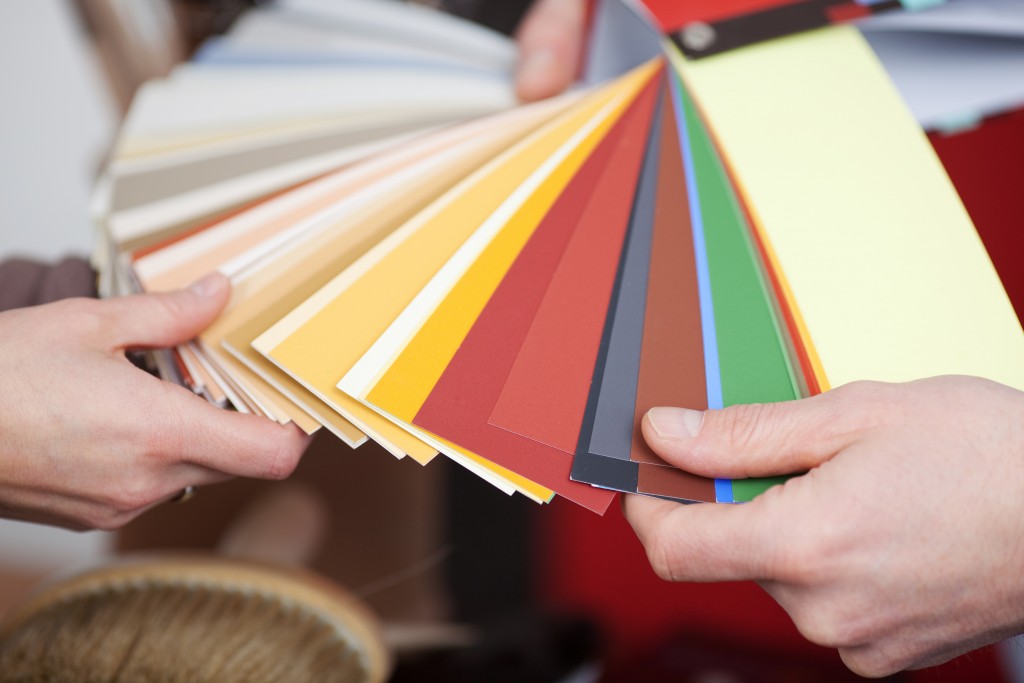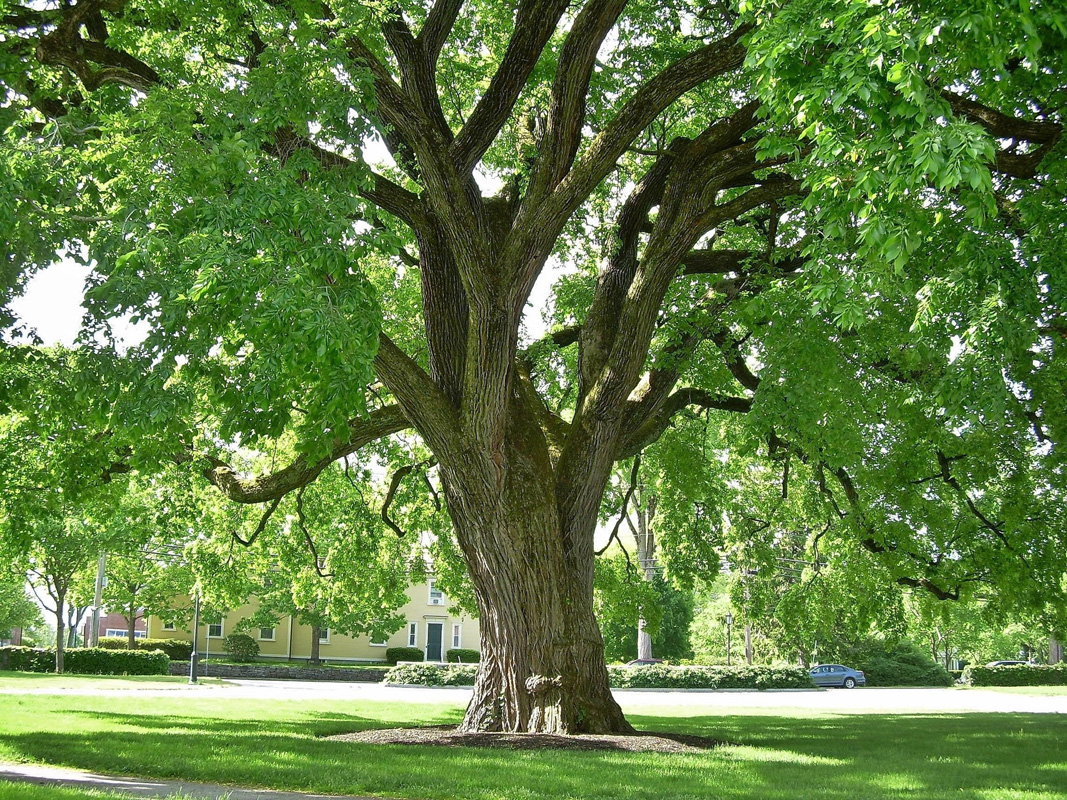As the weather outside gets colder and the days get shorter, it’s only natural to want to spend more time indoors snuggled up under a blanket. However, doing so can result in a higher energy bill. If you’re looking for ways to be more energy-efficient this winter and save some money, here are a few tips:
Get a Smart Thermostat
Investing in a smart thermostat is a great way to save energy and lower your bills. Smart thermostats can save you up to 30% on your heating and cooling costs by automatically making adjustments based on your daily routines. They also allow you to control your home’s temperature remotely, so you can turn down the heat when you’re not home and avoid wasting energy.

Educate Your Family Members About Conserving Energy
Your family members can be your best allies or worst enemies when it comes to conserving energy. Take the time to educate them about why it’s important to conserve energy and what simple things they can do to make a difference. For example, teach them how to properly use a space heater or close doors and windows when the heat is on. And when everyone does their part, you’ll be surprised at how much energy you can save.
Use Layers to Stay Warm
Instead of turning up the heat, make use of layers. Wear sweaters, socks, and slippers around the house, and put blankets on your beds. You’ll be surprised at how much warmer you feel without having to crank up the heat. And when you do need to use the heat, you’ll find that your home will warm up faster because there won’t be any cold air seeping in from outside.
Update Your Insulation
To ensure that your home is as energy-efficient as possible, consider investing in insulation services. With the right insulation in place, you can help keep your home warm and comfortable during the winter months without having to rely on your heat as much.
Types of Insulation for Your Home
When it comes to insulation, there are many materials and ways to insulate your home. It can be confusing trying to decide which is the best route for you and your home. Here’s a brief overview of the most common types of insulation.
- Fiberglass Insulation: Fiberglass insulation is one of the most common and affordable types of insulation. It is made from recycled glass that is spun into fibers. These fibers are then bonded together with a resin to form sheets or rolls. Fiberglass insulation comes in both batts and rolls and can be used in attics, walls, floors, and crawl spaces. One thing to keep in mind with fiberglass insulation is that it does not do well in humid environments, as the humidity can cause the fibers to break down over time.
- Cellulose Insulation: Cellulose insulation is made from recycled paper products that have been treated with fire retardants. It is often times referred to as “green” insulation because of its recycled content. Cellulose insulation can be installed in attics, walls, and crawl spaces. It does well in humid environments and has a high R-value, which means it is very effective at insulating your home. The downside to cellulose insulation is that it can be difficult to install if you are not experienced in doing so.
- Mineral Wool Insulation: This kind of insulation is made from either rock wool or slag wool. It is a dense material that repels water and will not rot or support mold growth. It can be used in attics, walls, floors, and crawl spaces. Moreover, it does well in humid environments and has a high R-value. The downside to mineral wool insulation is that it can be difficult to install if you are not experienced. Additionally, it is one of the more expensive types of insulation.
There are different types of insulation available today. Each has its own set of benefits and disadvantages. When deciding which type of insulation to use for your home, it is important to take into consideration the area you are insulating, your budget, and your level of experience with installation. Doing your research ahead of time will help you make the best decision for your home and your needs. You should also ensure that your insulation is installed properly by getting professional insulation services. This way, you can cut down costs by having an expert on the job. They can also guide you through the various options and materials available.
By following these simple tips, you’ll be well on your way to being more energy-efficient this winter and saving money on your energy bills. So don’t wait—start making changes today!





